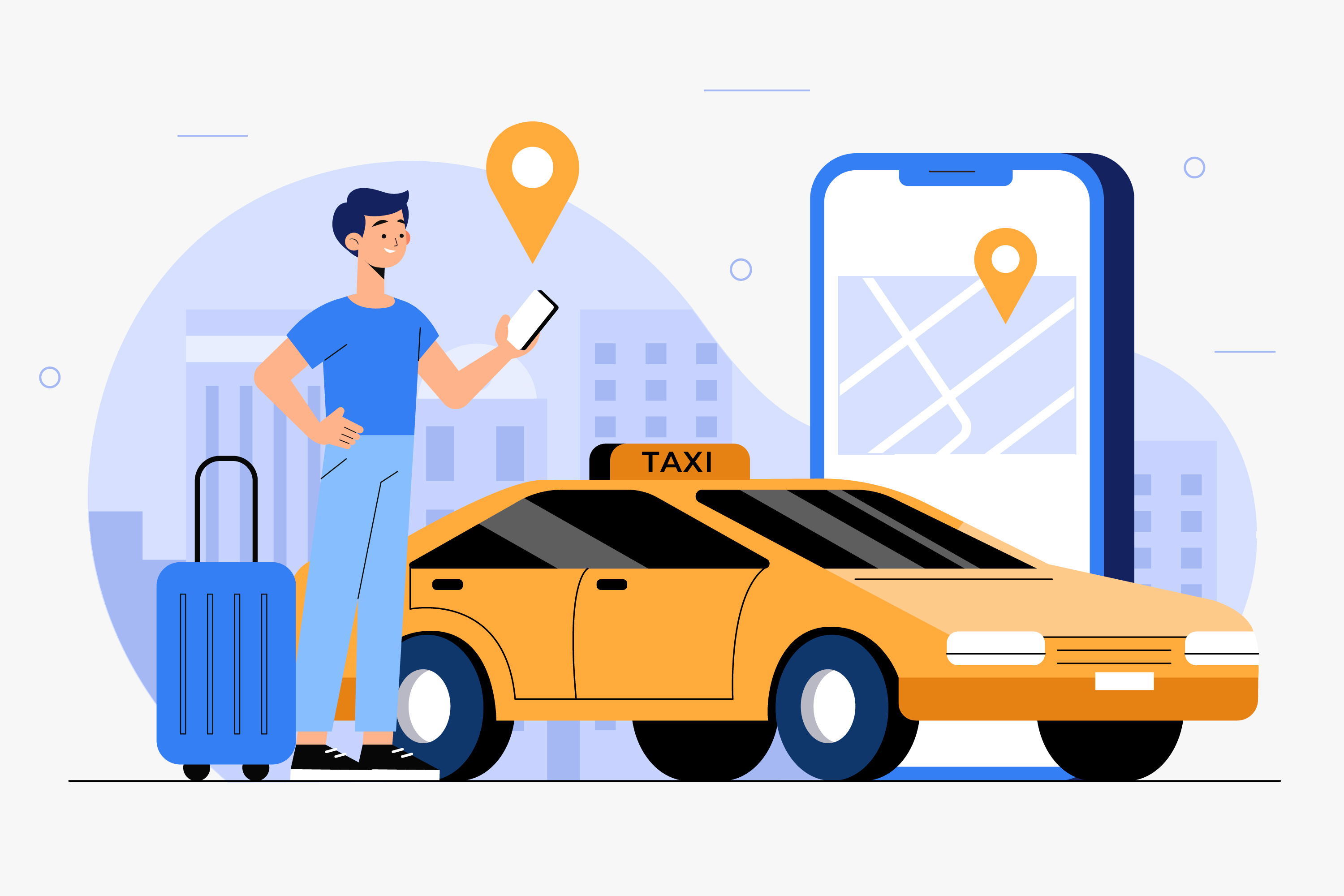
White Label Taxi Software vs Custom Development for Startups: What’s Best for Your Taxi Business?
May 27, 2025
White Label Taxi Software vs Custom Development for Startups: What’s Best for Your Taxi Business?
Starting a taxi business today means you need a robust digital platform. But should you choose a white label taxi software or invest in custom development? Here’s a no-nonsense, breakdown of both options especially for startups looking to make a smart, cost-effective decision.
White Label Taxi Software: Fast, Affordable, and Ready-to-Go
White label taxi software is essentially a pre-built, ready-to-launch taxi app solution. You get a tested product that you can brand as your own, often with some customization options.
Why Startups Love White Label Solutions:
- Lightning-Fast Launch: You can hit the market in as little as 1–2 weeks, compared to months for custom builds.
- Lower Upfront Costs: Prices typically range from $5,000 to $15,000, depending on features and customization.
- No Technical Headaches: The vendor handles maintenance, updates, and bug fixes.
- Feature-Rich: Most white label apps come with essentials like real-time GPS tracking, secure payments, driver management, and customer support out of the box.
- Scalable: Good white label platforms are built to grow with your business, supporting expansion to new cities or countries.
- Focus on Business, Not Tech: You can concentrate on operations and customer service while the tech side is managed for you.
Drawbacks:
- Limited Customization: You can tweak the branding and some features, but you won’t get full control over every aspect.
- Shared Infrastructure: Some white label solutions use shared servers or codebases, which could limit how unique your app feels.
- Dependency on Vendor: You rely on the provider for updates, support, and future enhancements.
Custom Taxi App Development: Tailored, Unique, and Scalable But Costly
Custom development means building your taxi app from scratch, precisely to your requirements.
Why Some Startups Consider Custom Development:
- Total Control: Every feature, workflow, and design element is up to you. The app fits your business like a glove.
- Unique Brand Experience: Stand out from competitors with a distinctive user experience and advanced features.
- Scalable and Flexible: Easily add new features, integrations, or business models as you grow.
- Full Ownership: You own the code, the data, and the roadmap—no vendor lock-in.
But There Are Major Challenges:
- High Initial Investment: Custom apps typically start at $30,000 and can easily exceed $100,000, depending on complexity and features.
- Longer Time to Market: Expect 4–9 months (or more) before your app is ready for launch.
- Ongoing Maintenance: You’ll need a dedicated tech team for updates, bug fixes, and scaling.
- Technical Risk: If your development team lacks taxi industry experience, you may face costly missteps or missed features.
Which Should a Startup Choose?
For most startups, white label taxi software is the practical choice. It lets you launch quickly, test your business model, and start generating revenue without a massive investment or technical risk. You can always upgrade to a custom solution later if your business outgrows the white label platform or you want to introduce unique features.
If you have a truly unique business model, deep pockets, and a long runway before launch, custom development could be worth it but for the vast majority, white label is the way to go.
“White-label taxi apps provide a cost-effective, ready-to-launch solution for businesses looking to enter the ride-hailing market quickly. With pre-built features like GPS tracking, secure payments, and driver management, they eliminate the need for lengthy development.”
If you’re a startup, go white label. Get to market, learn fast, and grow. Once you’re established and know exactly what your customers want, then consider custom development for that next level of scale and differentiation.











